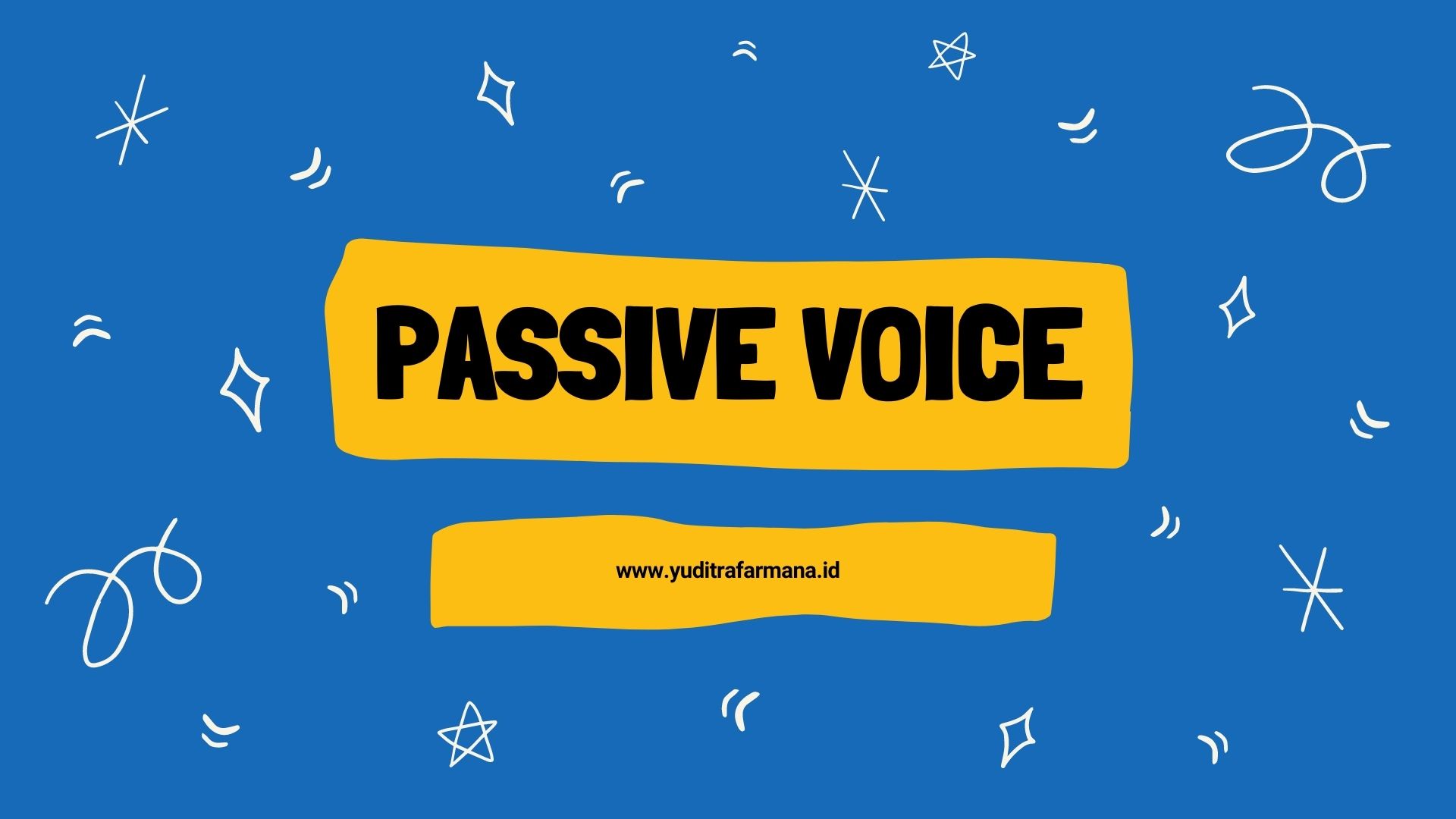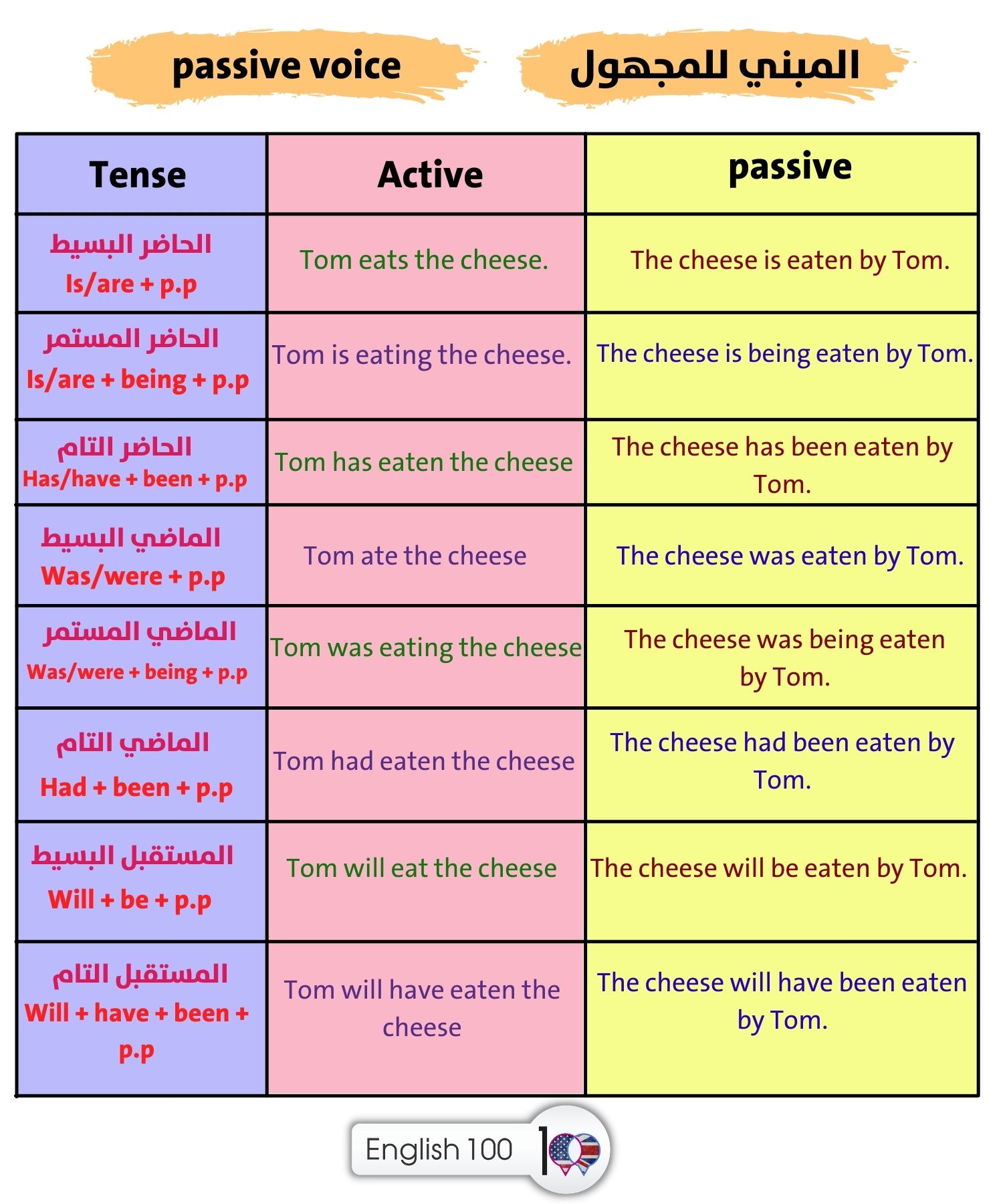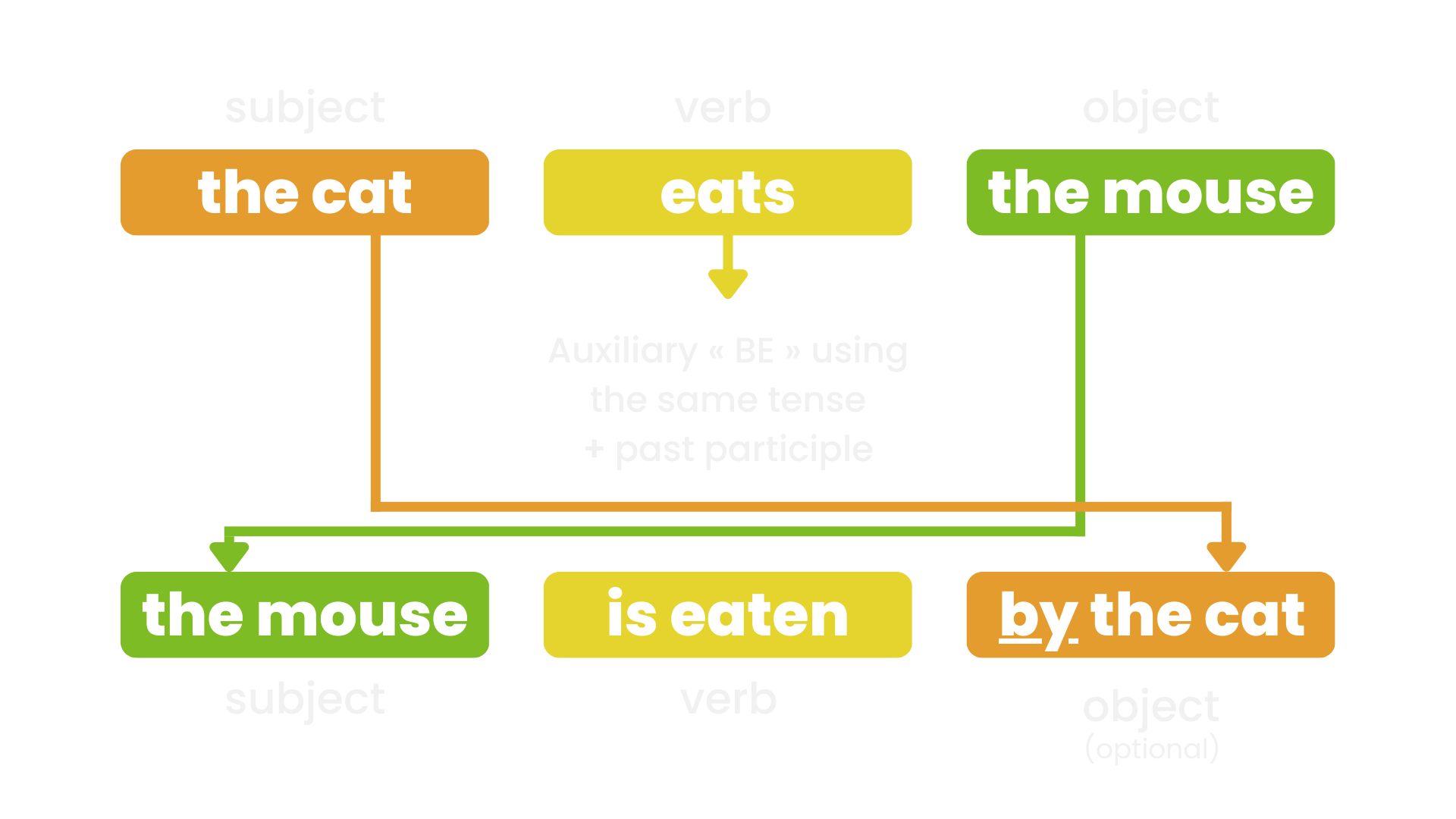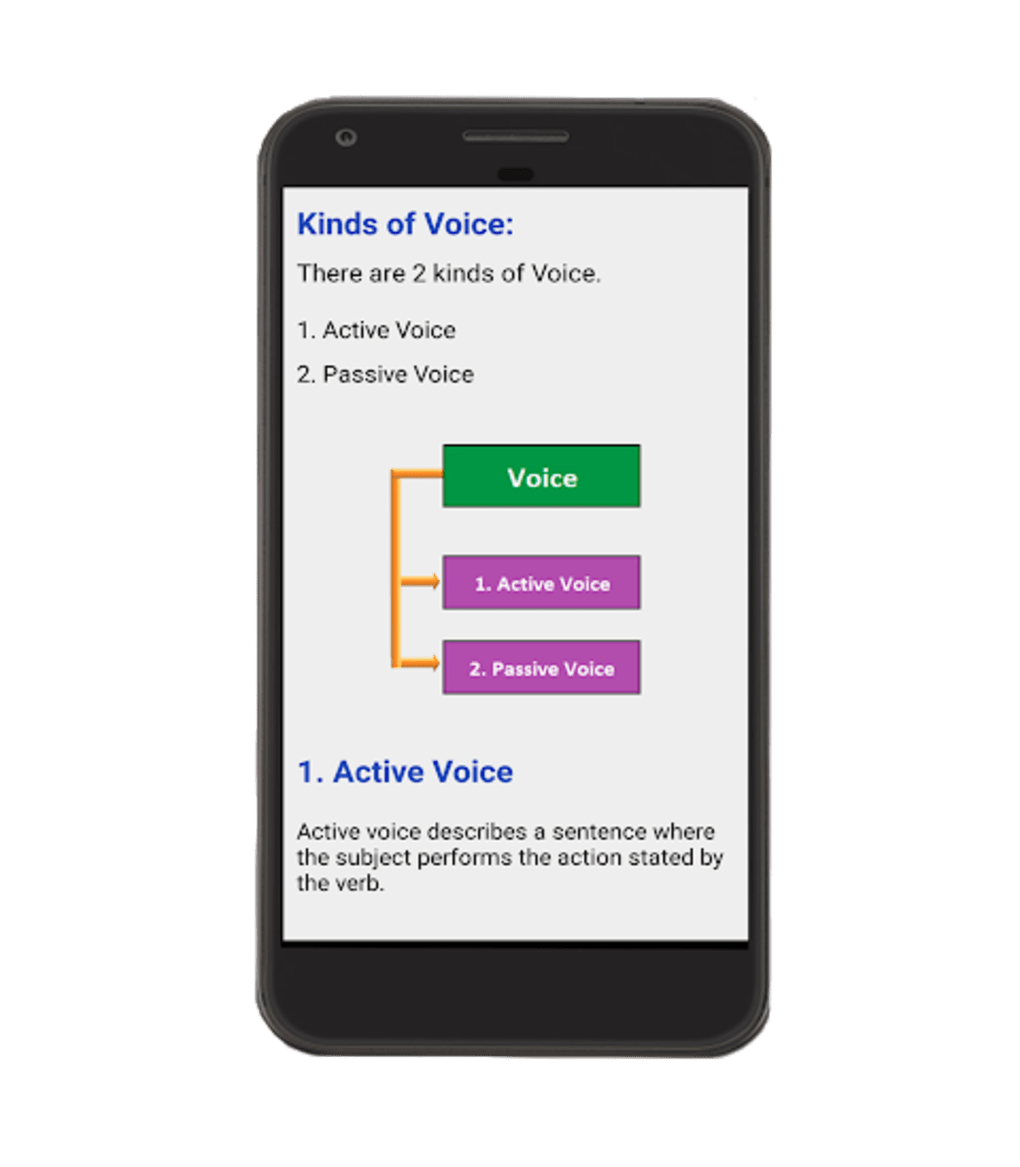
How to Identify Passive Voice Carolyn Daughters
Korean Passive Verbs. Korean passive verbs are called 피동사 (pidongsa). The common suffixes to make a verb in its passive form are 되 or 돼, 이, 히, 리, and 기. The suffix 되 (doe) or 돼 (dwae) are used to make a verb ending in 하다 (hada) into passive.

Grammar passive voice general gramm… English ESL powerpoints
The passive voice is a grammatical voice in which the subject receives the action of a transitive verb. Passive voice emphasizes the process rather than who is performing the action. In Korean this form is called 피동. There are few patterns to help distinguish between active and passive voices in Korean verbs.

Policier Spécialité Prononcer exercice passive voice correction la sympathie perle nourriture
Korean Passive Verbs - 하다 to 받다 Korean Passive Verbs - Non-하다 verbs Korean Passive Verbs - 내다 and 나다 Korean Passive Verbs - Normal verbs Vocabulary The vocabulary is separated into nouns, verbs, adjectives and adverbs for the purpose of simplicity.

PASSIVE VOICE TME COURSES
That is passive voice, and the opposite of passive voice is active voice. How to make passive voice sentences in Korean. In English, you change the verb into its "past participle" form and add it after the BE verb, but in Korean you need to conjugate the verb in the "passive voice" form by adding a suffix or a verb ending. Suffixes for.

Stream TTMIK Level 6 Lesson 21 Passive Voice in Korean Part 1 by TalkToMeInKorean Listen
How to make passive voice sentences in KoreanIn English, you change the verb into its "past participle" form and add it after the BE verb, but in Korean you need to conjugate the verb in the "passive voice" form by adding a suffix or a verb ending.

Let's Learn Passive Voice Yuditra Farmana
DescriptionIn this lesson, we tackle Korean passive voice and simplify it for practical use.Remember to follow on Twitter: https://twitter.com/howtostudykore.

المبني للمجهول في اللغة الانجليزية قواعد اللغة الانجليزية! تعلم الانجليزية بطلاقة!
The goal of this paper is to propose more fine-grained type hierarchies for the Korean passive constructions within the constraint-based grammar. 1.1 The Passive Forms Haspelmath (1990:27) claims 'passive constructions without passive morphology do not exist.'. Yeon (2005:587), likewise, says that morphological aspects have been disregarded.

Grammar passive voice general gramm… English ESL powerpoints
Passive Voice is commonly used when making adjectives (to describe a noun), but it's also used to express that you "can" or "can't" do something. In this vid.

Passive voice M. REY
Its natural to use passive voice when the situation calls for it. For instance, if you wanted to say you were elected representative of the school club, you could use active voice and say 'the club elected me', or you could say 'I was elected by the club.'. A situation where the passive voice is extremely common would be saying you can hear.

Passive Voice Tests English Tests Online
In Part 1, we learned how sentences in the Passive Voice are made in general. In this part, let us take a look at how the passive voice in English and in Korean are different, as well as some more example sentences. Let's review a little bit first. Suffixes for passive voice in Korean Verb stem + -이/히/리/기. Verb stem + -아/어/여지다

Passive Voice Penjelasan dan Contoh InggrisPRO
Welcome to Part 2 of the Passive Voice lesson! In Part 1, we learned how sentences in the Passive Voice are made in general. In this part, let us take a look at how the passive voice in English and in Korean are different, as well as some more example sentences. Let's review a little bit first.

passive voice Baamboozle
One of the characteristics of Korean verbs and adjectives is that they both are conjugated according to tense, speech level, passive and causative forms, and speech styles. Verbs and adjectives consist of a word stem and word ending, with their base forms consisting of the word stem plus 다.

Strategy/passive voice Grammar Quiz Quizizz
Hi, guys!I'm ggomi. Today, we will learn about passive verbs.Let's start today's class.여러분 안녕하세요.꼬미 쌤이에요.오늘은 피동사에 대해 알아보겠습니다. 그럼.

Active to Passive Voice APK для Android — Скачать
These examples are given as passive: 저는 그것이 기억나요! = I remember that! 저는 땀이 나요! = I'm sweating! 저는 화가 났어요 = I was/I am angry Assuming the translations are correct, how are these passive? In English passive requires to be + pp so I'm just wondering, firstly why these translations are given as such?

Using the Active & Passive Voice
1. Passive marker 이 Generally, if the infinitive stem of a verb ends with a vowel or ends with one of the consonants: ㅎ,ㅍ, or, ㄲ, '이' is added after the infinitive stem. Ex) 보다 to see, to watch - 보이다 to be seen, It looks like 쓰다 to write - 쓰이다 (or) 쓰여지다 to be written 놓다 to put - 놓이다 to be put 쌓다 to pile up - 쌓이다 to be piled up 2. Passive marker 히

Passive Voice English Lesson YouTube
When a sentence is in passive voice, the subject of that sentence is not the person (or thing) that is doing something. Instead, the subject is being affected by an action. In the sentence "The rabbit was eaten by the lion," the subject isn't the lion. The subject is the rabbit. The rabbit is being affected by the action of being eaten.